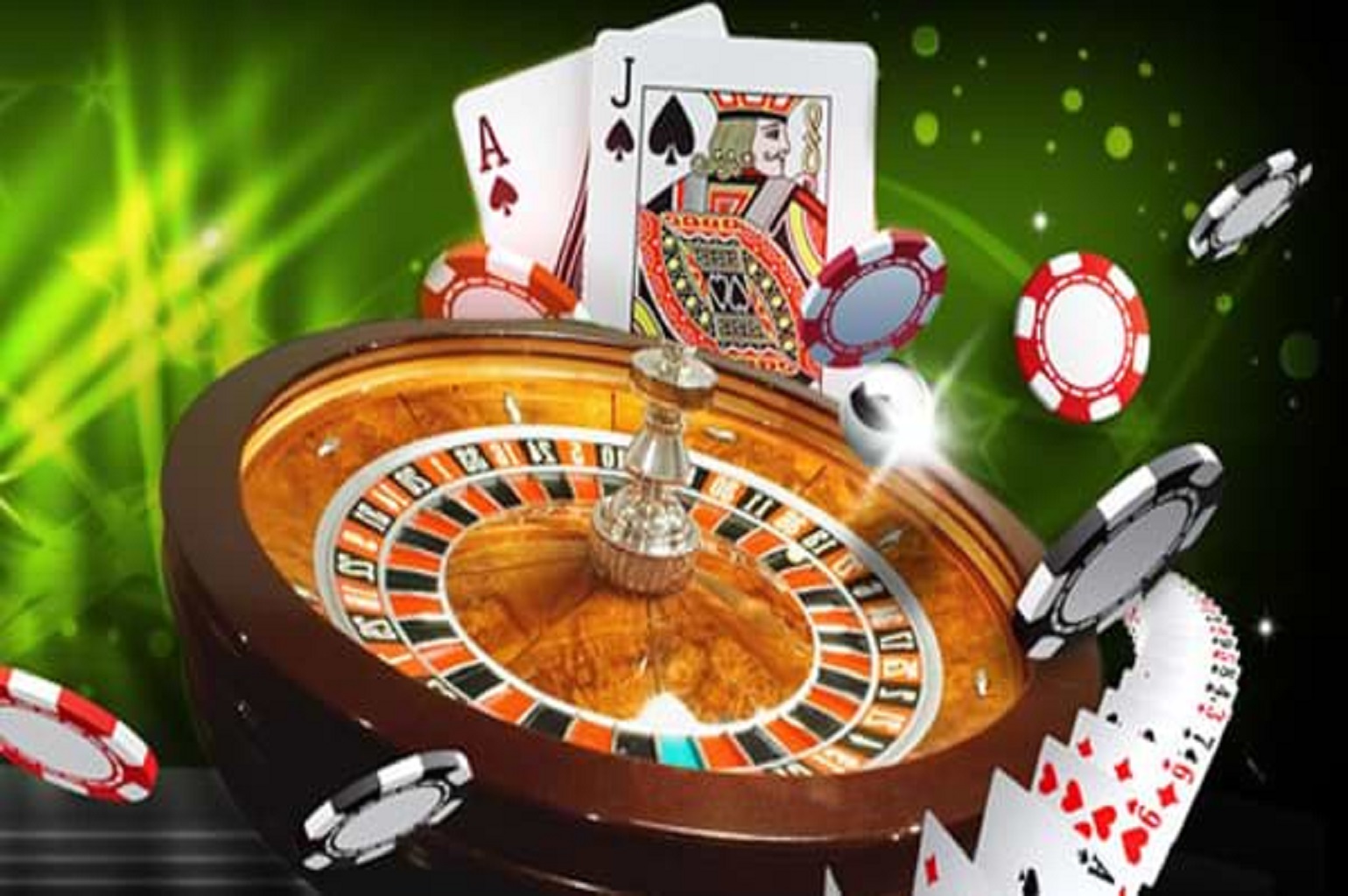In what way Gambling Games Utilize Color and Style to Entice Participants

Within the vibrant and stimulating world of casinos, where fortune and tactics intertwine, hues and design play a key role in drawing in players. As soon as players step into a casino or log into a gaming website, they are enveloped in a visual feast that captures their attention and entices them to explore more. Bright colors, captivating graphics, and innovative layouts are meticulously crafted to create an atmosphere of excitement and expectation, ultimately improving the gaming experience.
As gamblers navigate through the ever-changing landscape of casino games, they come across a variety of designs that not only serve visual purposes but also influence emotions and choices. Hues like scarlet and yellow symbolize wealth and luck, while calm blues and emeralds can create a much tranquil environment. Grasping how these elements work together enables casinos to create an welcoming and energizing atmosphere that encourages players to engage with the games, invest additional time at the tables, and boost their overall enjoyment.
The Study of Tint in Casino Games
Hue plays a critical role in the creation of casino games, influencing player emotions and actions. Lively and striking colors, such as scarlet and amber, are often used to stimulate thrill and attract notice. These colors create a sense of immediacy and vitality, encouraging players to involve themselves more eagerly with the activity. By thoughtfully selecting tints, developers aim to inspire emotions of satisfaction and anticipation, which can enhance the complete player experience.
Various colors also have psychological meanings that can affect how participants perceive their chances of success. For case, lime is frequently associated with luck and wealth, making it a popular choice in activities like the roulette wheel and poker setups. This association can result participants to feel more optimistic and assured in their gaming, ultimately encouraging them to wager more. Comprehending these links allows game designers to design environments that enhance player enjoyment and engagement.
Furthermore, the design of casino game interfaces often employs color gradients and contrasting colors to guide players’ actions. For case, successful results may be highlighted with striking, opposing shades, creating a visual cue. This technique reinforces positive outcomes and encourages repeated gameplay. By exploiting the science of color, gaming venues can design games that not only captivate participants but also maintain them involved and dedicated in their game experience.
Design Elements that Attract Players
The visual appeal of casino games is largely influenced by the use of bold colors. Bright and contrasting colors are strategically chosen to create an inviting atmosphere that captures interest. For instance, crimson and golden hues often signify good fortune and prosperity, which is why they are common in the color schemes of slot machines and game surfaces. These colors not only draw players in, but they also evoke emotions associated with thrill and anticipation, enhancing the overall gaming experience. Đá gà ga88
In parallel to color, the aesthetic and organization of gambling games play a significant role in captivating players. Games are designed to be intuitive, ensuring that players can easily understand the guidelines and gameplay. Accessible interfaces, along with engaging graphics and animations, help maintain gamer interest and promote longer play sessions. The physical elements, such as the texture of the controls and the sounds of the games, also add to a comprehensive sensory experience that keeps players engaged.
Finally, thematic elements in game design can significantly influence gaming decisions. Many gambling games are inspired by media, myths, or adventure themes, incorporating symbols and characters that connect with players. These themes create a sense of immersion and relatability, making each game feel distinct. When players feel a bond to the theme, they are more likely to opt for that game over others, leading to higher participation and enthusiasm within the casino environment.
Case Studies: Effective Gambling Game Designs
One noteworthy example of successful gambling game design is the popular slot machine series based around popular movies. Games such as those based on the Wizard of Oz and Game of thrones utilize bright colors and high-quality graphics to immerse players in familiar narratives. The use of lively visuals and entertaining sound effects captures the interest of players, establishing an psychological connection to the theme. This approach not only encourages longer play but also enhances the overall gaming experience, yielding increased player retention.
Another successful case is the use of color in table games like 21 and the wheel. Casinos often develop these games with deep reds and greens, colors traditionally linked with luck and wealth. For instance, the green felt on a blackjack table provides a soothing effect, while the crimson accents in roulette invite excitement. This intentional use of color helps to foster an inviting atmosphere that encourages players to participate, satisfying their psychological impulses and enhancing their enjoyment.
Finally, online casino games that feature social features and lively, dynamic designs have experienced remarkable success in engaging players. Games like Zynga’s Poker and Slot-O-Mania leverage bright colors and playful animations to forge an inviting online environment. The inclusion of leaderboards, community sharing options, and in-app rewards encourages competition and community, attracting players in for longer sessions. Such designs merely make the games visually appealing but also highlight social connectivity, a key factor in player retention and engagement within digital casino environments.